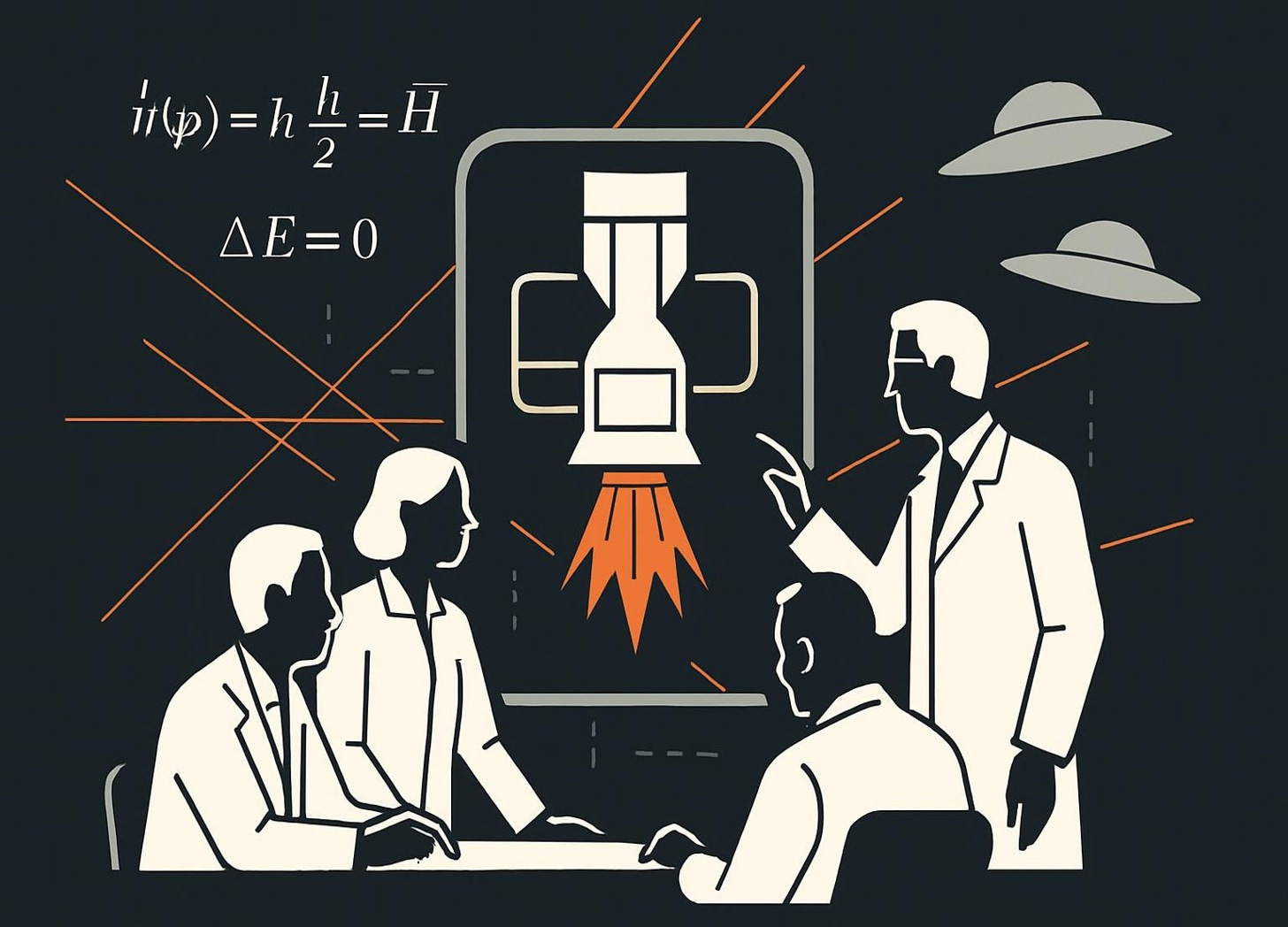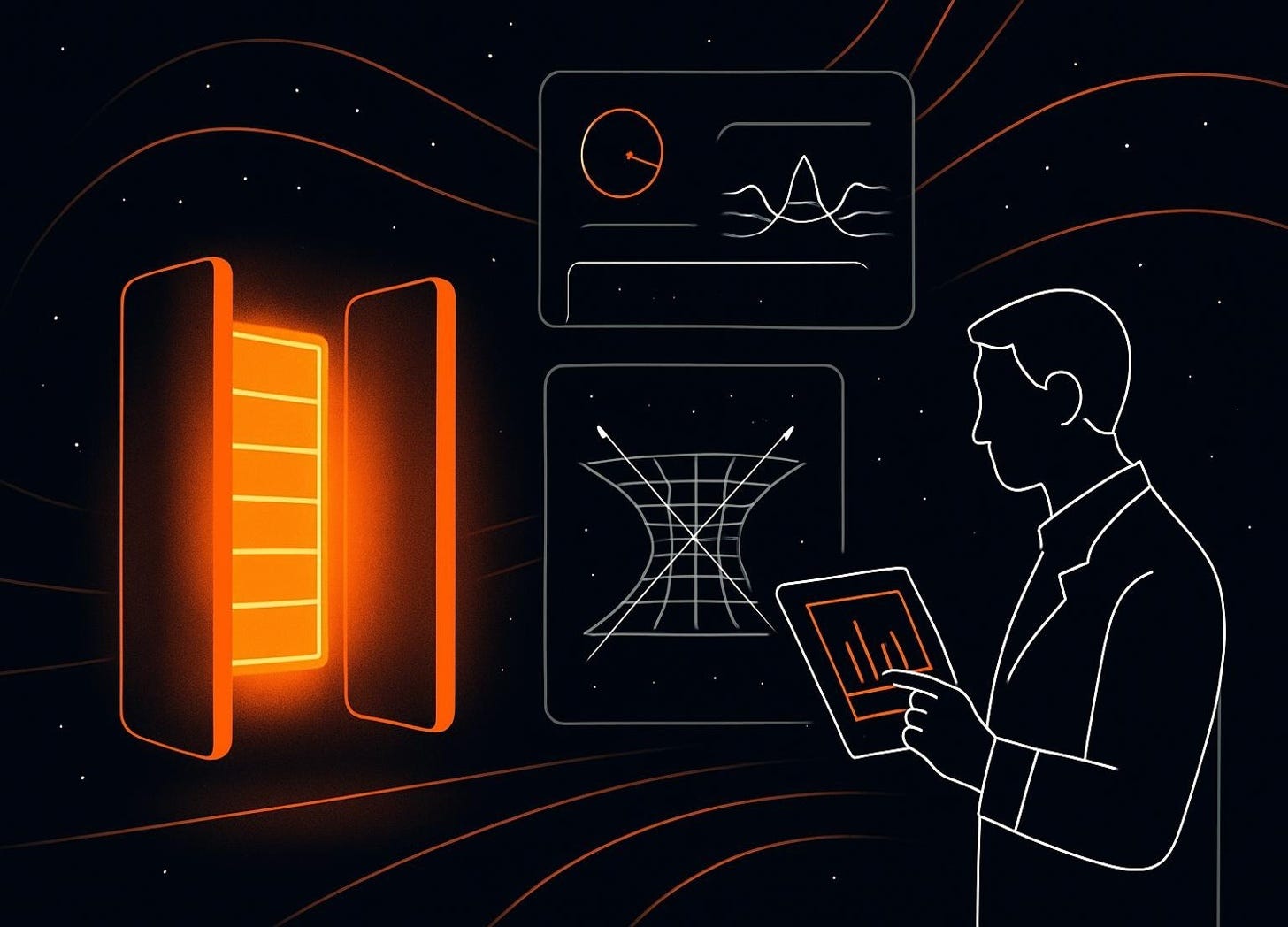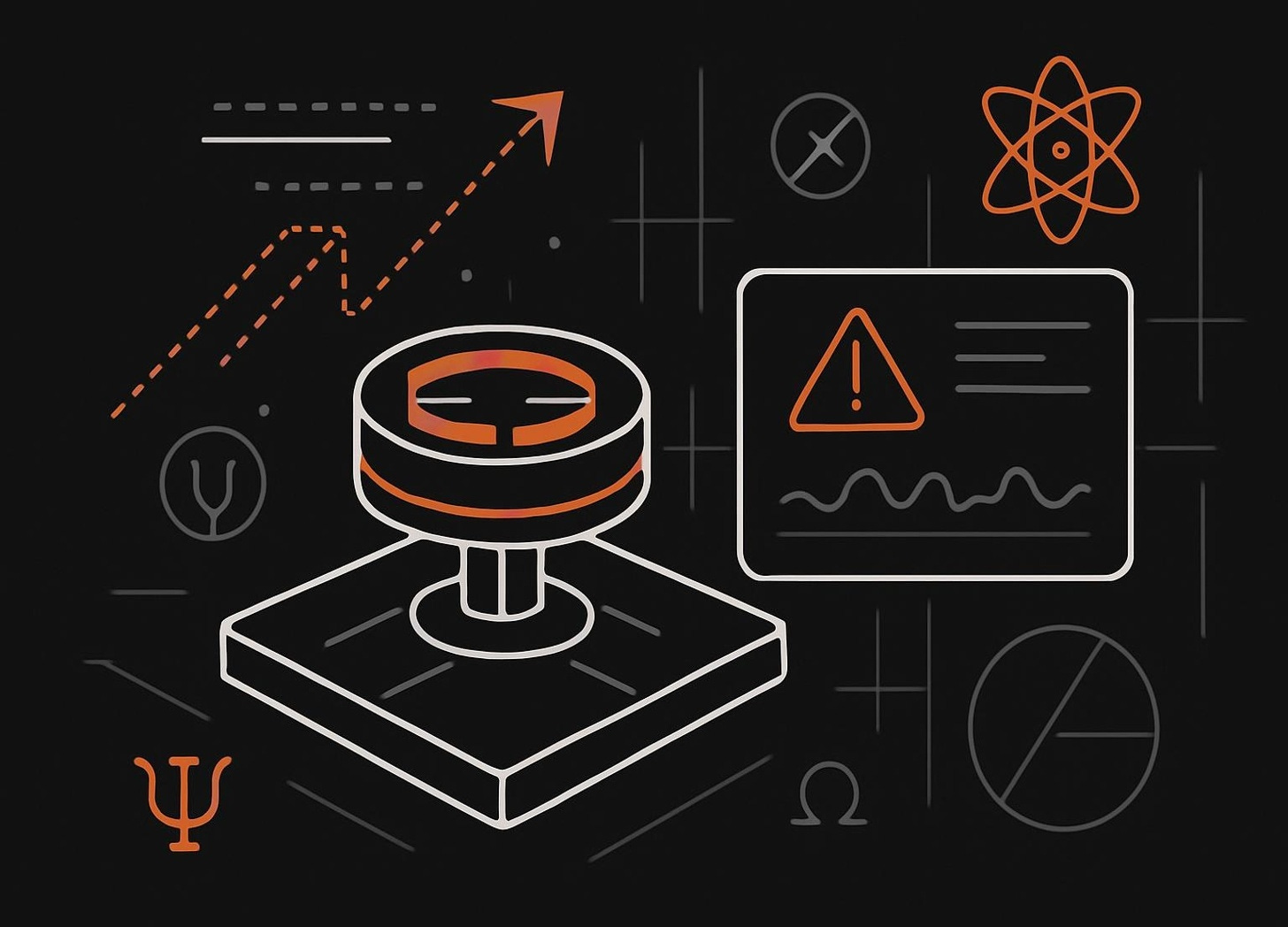UAP & Breakthrough Propulsion Physics
A project for probing what's possible in our reality
What if the laws of physics aren’t the ceiling but the scaffolding for tomorrow’s propulsion? The Breakthrough Propulsion Physics (BPP) Project, led by Marc G. Millis at NASA, set out to probe the edge of what’s possible—where quantum vacuum meets engineering ambition and UAP mysteries challenge our models.
From zero point energy (ZPE) to propellantless drives, the BPP Project became a crucible for radical ideas, rigorous peer review, and a culture of empirical skepticism. Its legacy shapes how we approach not just advanced propulsion, but also the management of high-risk, high-reward research.
This deep dive unpacks BPP’s methods, its entanglement with ZPE and advanced propulsion, and the lessons it offers for current UAP investigations. Prepare for a tour through quantum fields, engineering bottlenecks, and the persistent question: what if we’re missing the next big leap?
Key Takeaways
⚡ BPP’s credibility-first, anomaly-driven approach provides a template for managing high-risk research in propulsion physics, especially where mainstream and fringe ideas intersect.
🧠 Zero point energy remains a tantalizing but unresolved pathway for advanced propulsion; theoretical and thermodynamic obstacles outpace experimental progress, but novel frameworks could shift this balance.
🔬 Systematic anomaly mapping and interdisciplinary collaboration—core to BPP’s ethos—are essential for distinguishing signal from noise in both laboratory propulsion experiments and UAP-related phenomena.
🛰 The lessons and open questions from BPP continue to shape the search for breakthrough propulsion, hinting that future advances may emerge from persistent, transparent, and comparative research strategies.
Breakthrough Propulsion Physics (BPP) Project: Legacy, Methods, and Impact
🧭 The Breakthrough Propulsion Physics Project was more than a NASA initiative—it was an experiment in managing the unknown. Led by Marc G. Millis from 1996 to 2002, BPP systematically targeted radical propulsion concepts like zero point energy and propellantless drives, using a credibility-first, peer-reviewed process that prioritized empirical evidence over hype.
BPP’s approach blended rigorous evaluation of proposals at the quantum-gravity interface with open anomaly mapping. Its management style—diversified, impartial, and iterative—became a model for later government and international research, especially in controversial domains like UAP technologies.
Despite its discontinuation, BPP’s legacy persists. Its lessons in research management, anomaly tracking, and open reporting continue to influence how high-risk, high-reward science is conducted—offering a blueprint for current investigations into advanced propulsion and UAP phenomena. Sometimes, the way we ask questions is as important as the answers we seek.
Key Takeaways
🧭 BPP pioneered a structured, credibility-driven framework for evaluating radical propulsion concepts, balancing skepticism with openness.
⚖ Empirical anomaly mapping and diversified management enabled BPP to systematically assess both mainstream and unconventional theories.
🌌 The project’s open, iterative approach continues to inform investigations into UAP and advanced propulsion, even after its official end.
BPP’s open, iterative, and empirical approach serves as a blueprint for managing controversial or visionary research, including modern inquiries into UAP technologies.
Zero point energy was a recurring theme in BPP’s portfolio—so what did the project actually uncover about harnessing the quantum vacuum for propulsion?
Zero Point Energy: Theory, Laboratory Extraction, and Propulsion Implications
⚡ Zero point energy (ZPE) extraction is the holy grail for limitless propulsion—but the gap between theory and engineering is vast. BPP rigorously evaluated ZPE proposals, grounding them in laboratory-verified effects like the Casimir force, yet found that practical, repeatable energy extraction remains out of reach.
The quantum vacuum’s immutable nature and the Second Law of Thermodynamics form a formidable barrier. Even with advances in nonequilibrium systems and alternative quantum field models, sustained ZPE extraction is still speculative. High-energy plasma research and comparative databases offer hope, but most experimental setups have yet to deliver scalable results.
If these barriers are overcome, the implications for space power and propulsion are profound—potentially enabling propellantless drives and deep-space missions. For now, the field remains a crucible for both bold hypotheses and rigorous skepticism. Every attempt to extract order from the vacuum is a negotiation with entropy.
Key Takeaways
⚡ BPP’s ZPE investigations confirmed real quantum vacuum effects but exposed fundamental barriers to continuous energy extraction.
🧪 Experimental attempts—Casimir cavities, voltage circuits, sonoluminescence—demonstrated effects but not scalable power.
🔍 Systematic comparative databases and theory-driven research are vital for identifying the most promising ZPE extraction pathways.
Zero-point energy (ZPE) extraction remains a highly speculative yet potentially transformative field, with rigorous investigations—such as those by the Breakthrough Propulsion Physics Project—demonstrating real quantum vacuum phenomena (e.g., Casimir forces) but falling short of practical, continuous energy conversion due to theoretical and thermodynamic barriers.
If ZPE extraction is still a theoretical frontier, what practical engineering strategies exist for harnessing quantum vacuum effects—and what barriers remain?
Experimental Strategies and Engineering Barriers in Quantum Vacuum Propulsion
🧲 The dream of quantum vacuum propulsion is alive, but the path is strewn with engineering and scientific hurdles. Current experiments leveraging Casimir and related effects have yet to produce reproducible, scalable thrust—symmetry constraints and material challenges remain dominant.
Unresolved anomalies from BPP-era experiments highlight the need for discriminating tests and robust anomaly databases. Advances in nanofabrication and metamaterials offer new experimental possibilities, but thermodynamic and symmetry limits still block practical engines.
Progress depends on systematic anomaly mapping, interdisciplinary collaboration, and the willingness to test new quantum vacuum effects. The next breakthrough may come from an unexpected convergence of physics, engineering, and data science. Sometimes, the edge of discovery is where disciplines overlap.
Key Takeaways
🧲 Practical quantum vacuum propulsion devices are still experimental, with no scalable thrust achieved due to symmetry and material constraints.
🛰 Systematic anomaly databases and interdisciplinary teams are essential for identifying and resolving recurring experimental anomalies.
🔬 Advances in nanofabrication and materials science enable new experiments, but fundamental limits persist for Casimir-based engines.
Current efforts to harness Casimir and broader quantum vacuum effects for propulsion are exploratory, with significant scientific and engineering barriers impeding continuous, practical devices.
Conclusion
The Breakthrough Propulsion Physics Project stands as a rare experiment in both science and meta-science—where the method of inquiry was as radical as the physics it sought to uncover. By prioritizing transparency, empirical rigor, and open anomaly tracking, BPP forged a path for credible exploration of ideas once relegated to the speculative fringe.
While zero point energy and propellantless drives remain elusive, BPP’s impact is visible in how advanced propulsion and UAP research are managed today: with sharper skepticism, better anomaly databases, and a willingness to test the boundaries of both theory and experiment. The future of propulsion may well depend on our ability to replicate this blend of discipline and audacity.
Curious where the next propulsion breakthrough might come from? 🔍 Share your thoughts or challenge an assumption—progress thrives on open debate and fresh perspectives. If you’re working at the edge of physics or engineering, consider what lessons from BPP could unlock in your own domain.
References
Millis MG. Breakthrough Propulsion Physics Project - Project Management Methods. 2005.
Davis EW; Puthoff HE. On Extracting Energy from the Quantum Vacuum.
Davis EW; Puthoff HE. Experimental Concepts for Generating Negative Energy in the Laboratory.





